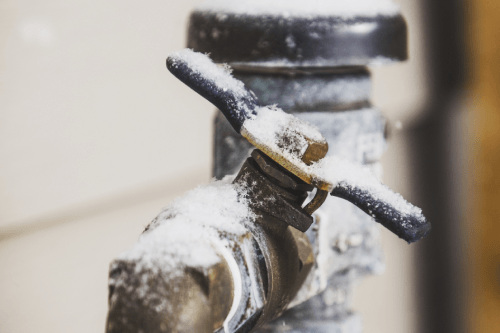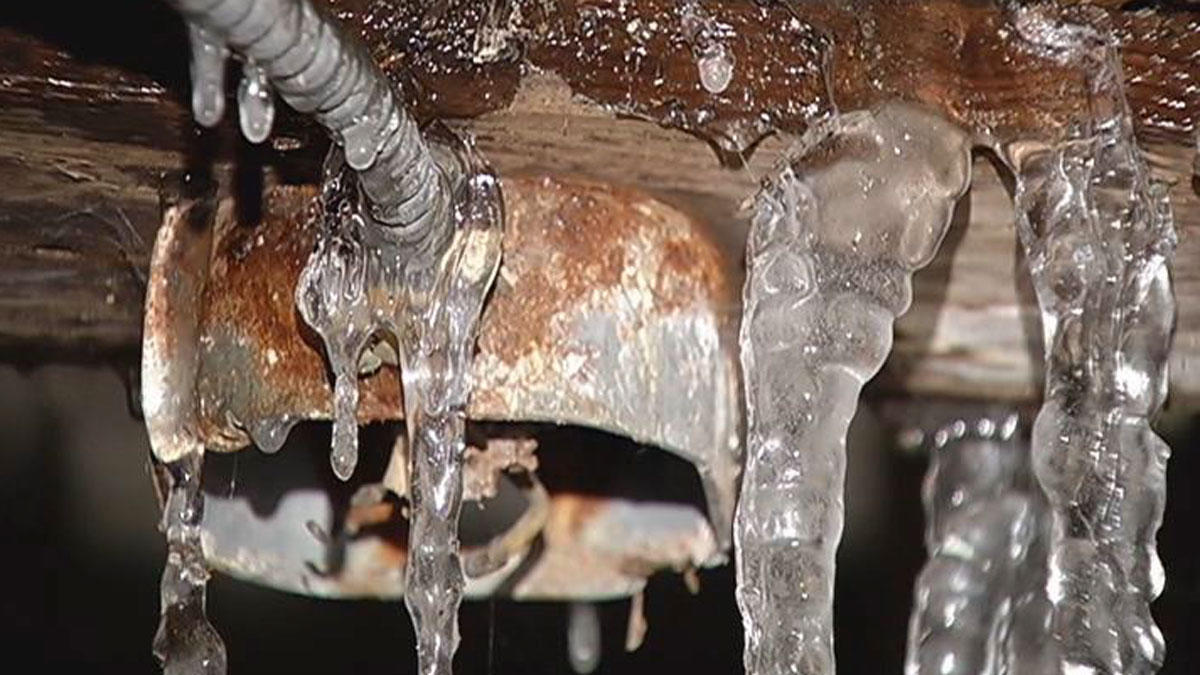Important Tips for Preventing Frozen Plumbing in Winter Conditions
Important Tips for Preventing Frozen Plumbing in Winter Conditions
Blog Article
What are your beliefs on Preventing and dealing with frozen pipes?

Cold weather can damage your pipes, particularly by freezing pipes. Right here's just how to stop it from happening and what to do if it does.
Introduction
As temperatures decrease, the danger of icy pipelines rises, possibly bring about costly repairs and water damage. Understanding how to prevent frozen pipes is important for house owners in chilly climates.
Understanding Frozen Pipelines
What creates pipelines to freeze?
Pipes ice up when subjected to temperatures listed below 32 ° F (0 ° C) for prolonged periods. As water inside the pipelines ices up, it broadens, putting pressure on the pipe wall surfaces and potentially triggering them to break.
Dangers and problems
Icy pipes can lead to supply of water disturbances, residential or commercial property damage, and pricey fixings. Ruptured pipelines can flood homes and cause comprehensive architectural damages.
Signs of Frozen Water Lines
Recognizing frozen pipelines early can prevent them from bursting.
Exactly how to determine frozen pipes
Search for reduced water flow from faucets, unusual odors or noises from pipelines, and noticeable frost on subjected pipes.
Prevention Tips
Shielding vulnerable pipelines
Cover pipelines in insulation sleeves or utilize warm tape to shield them from freezing temperature levels. Concentrate on pipelines in unheated or external locations of the home.
Home heating methods
Maintain interior areas adequately warmed, specifically locations with pipes. Open cabinet doors to permit cozy air to distribute around pipelines under sinks.
Safeguarding Outdoor Plumbing
Garden hoses and exterior faucets
Disconnect and drain pipes garden hoses prior to winter months. Install frost-proof faucets or cover outdoor taps with shielded caps.
What to Do If Your Pipes Freeze
Immediate activities to take
If you suspect frozen pipelines, maintain faucets available to relieve pressure as the ice thaws. Use a hairdryer or towels soaked in warm water to thaw pipelines gradually.
Long-Term Solutions
Structural adjustments
Think about rerouting pipelines away from outside walls or unheated locations. Add additional insulation to attic rooms, basements, and crawl spaces.
Upgrading insulation
Purchase premium insulation for pipelines, attic rooms, and wall surfaces. Proper insulation aids maintain consistent temperatures and minimizes the threat of icy pipes.
Conclusion
Preventing icy pipelines calls for aggressive actions and fast feedbacks. By recognizing the reasons, indications, and preventive measures, property owners can protect their pipes throughout cold weather.
5 Ways to Prevent Frozen Pipes
Drain Outdoor Faucets and Disconnect Hoses
First, close the shut-off valve that controls the flow of water in the pipe to your outdoor faucet. Then, head outside to disconnect and drain your hose and open the outdoor faucet to allow the water to completely drain out of the line. Turn off the faucet when done. Finally, head back to the shut-off valve and drain the remaining water inside the pipe into a bucket or container. Additionally, if you have a home irrigation system, you should consider hiring an expert to clear the system of water each year.
Insulate Pipes
One of the best and most cost-effective methods for preventing frozen water pipes is to wrap your pipes with insulation. This is especially important for areas in your home that aren’t exposed to heat, such as an attic. We suggest using foam sleeves, which can typically be found at your local hardware store.
Keep Heat Running at 65
Your pipes are located inside your walls, and the temperature there is much colder than the rest of the house. To prevent your pipes from freezing, The Insurance Information Institute suggests that you keep your home heated to at least 65 degrees, even when traveling. You may want to invest in smart devices that can keep an eye on the temperature in your home while you’re away.
Leave Water Dripping
Moving water — even a small trickle — can prevent ice from forming inside your pipes. When freezing temps are imminent, start a drip of water from all faucets that serve exposed pipes. Leaving a few faucets running will also help relieve pressure inside the pipes and help prevent a rupture if the water inside freezes.
Open Cupboard Doors
Warm your kitchen and bathroom pipes by opening cupboards and vanities. You should also leave your interior doors ajar to help warm air circulate evenly throughout your home.

We had been brought to that report about How To Avoid Freezing Pipes through a pal on a different web blog. Do you know about another individual who is interested by the niche? Why not promote it. Many thanks for being here. Come back soon.
Call Today Report this page